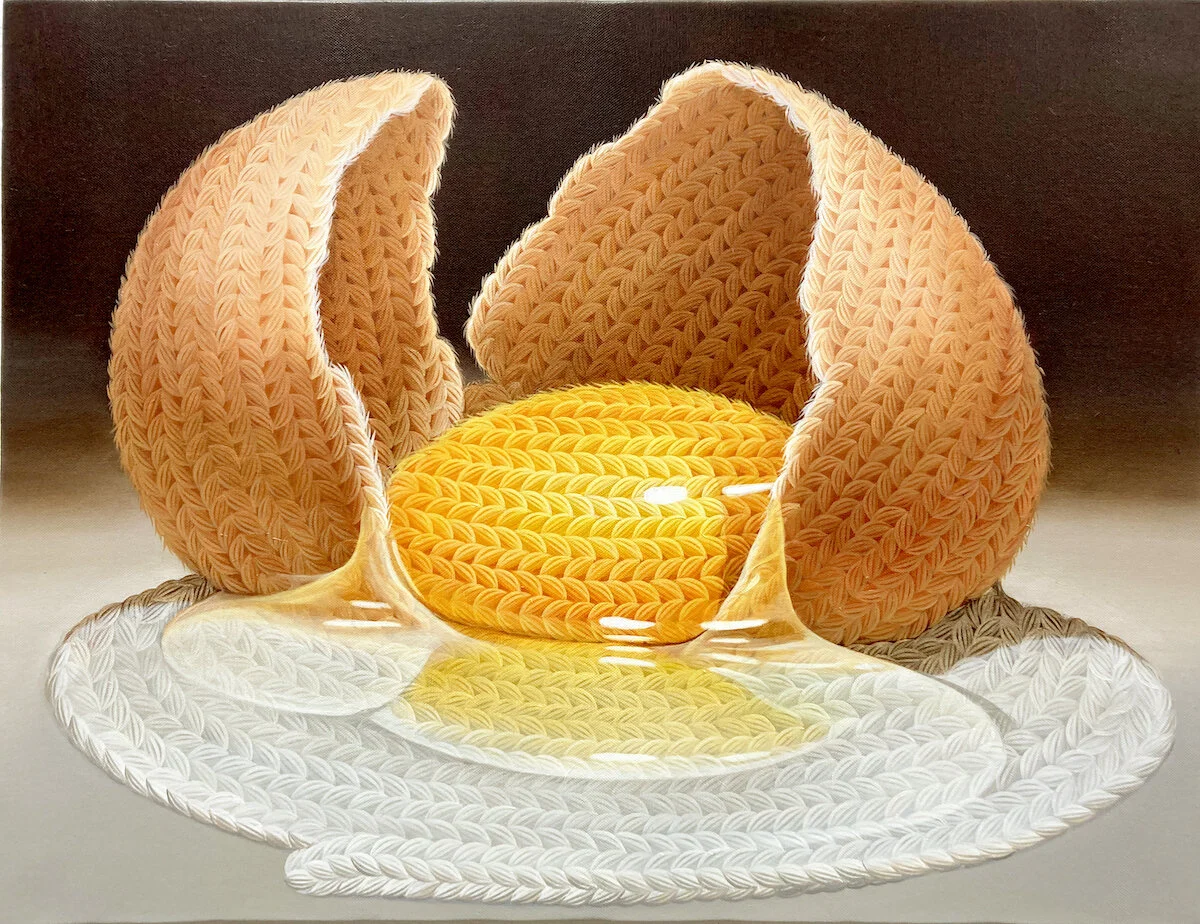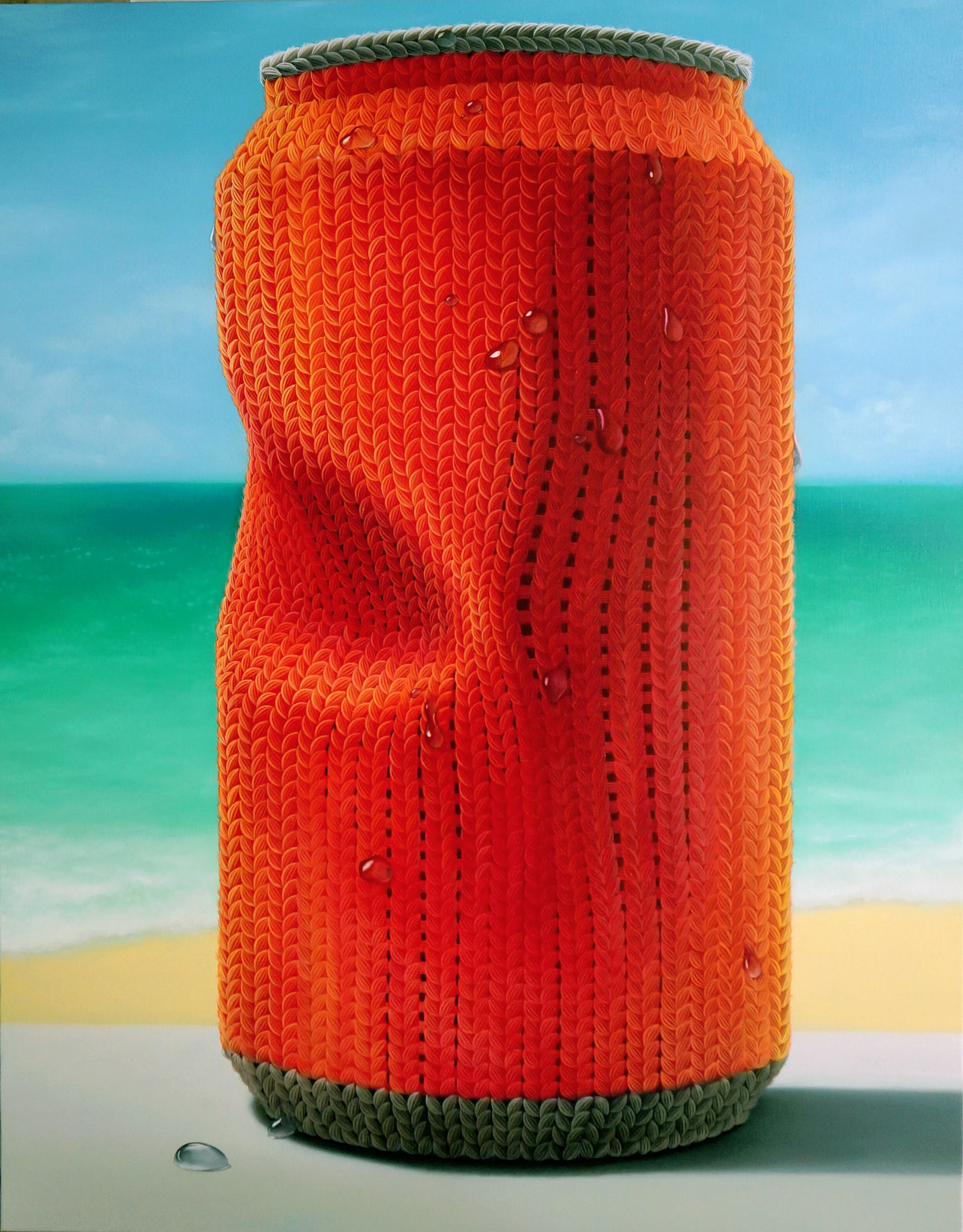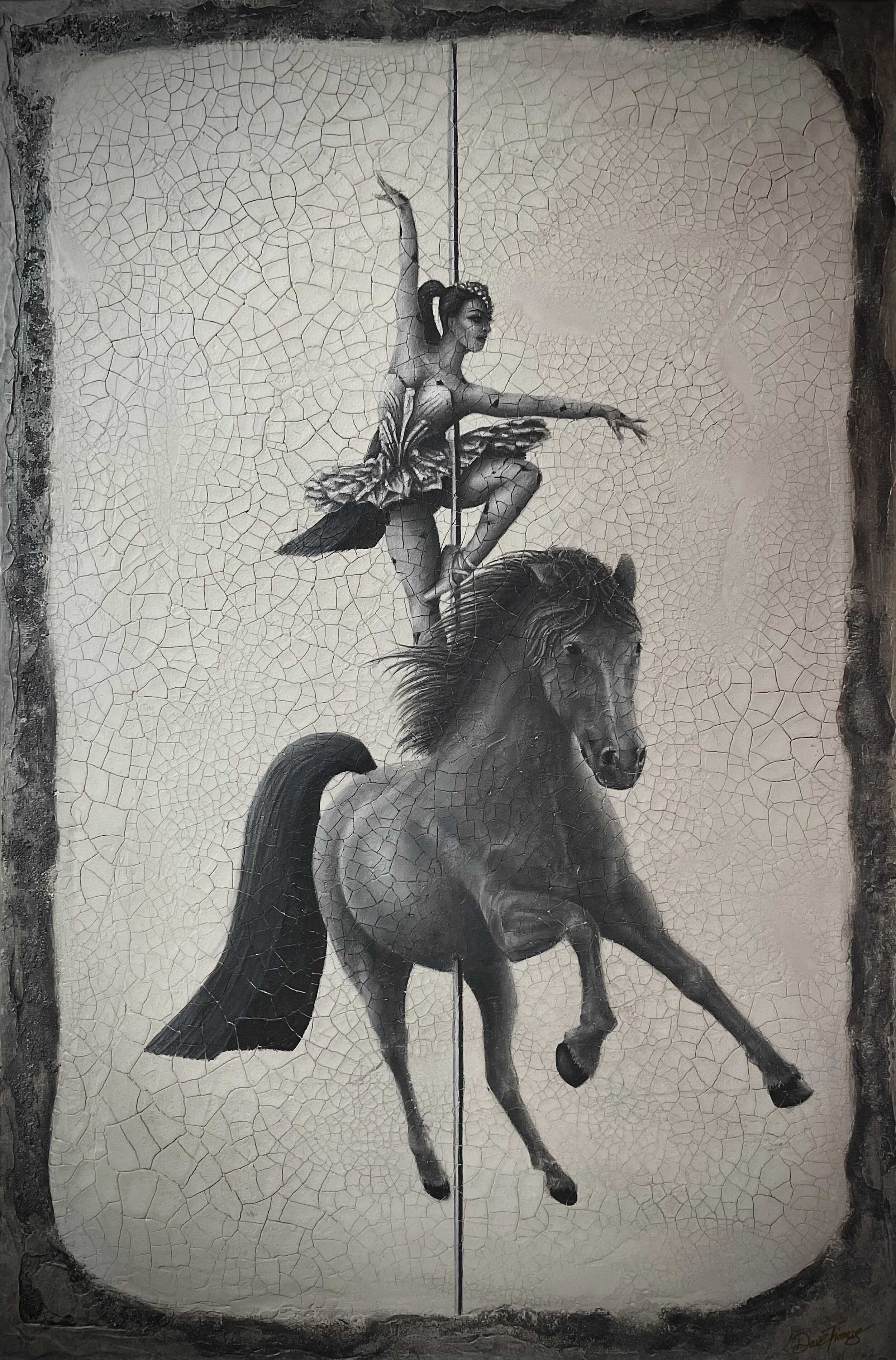Jae Young Park
Biography
Artist Park Jae-young was born in Seoul in 1973 and graduated from Seonhwa Art Middle School and Kay won Art High School. He also graduated from Chung-Ang University Bachelors and Masters.
From 2003 to 2021, 14 invitation and solo exhibitions were held. In addition, he has won several special awards. 2021 and 2020 Aesthetica Art Prize/ Future Now: Selected as an Artist of 100, Selected as an Outstanding Artist at the KNOT Award, CICA Art Museum 'Korean Youth Artist Award, Korea National Art Award (three times), Guang Art Award, Song Eun Art Award, Surrey Pool' Awarded at the Art Sosaval Arts Festival. He also participated in notable groups such as Hangaram Art Museum, Sejong Art Museum, Insa Art Center, and Seoul Arts Center. In 2007, works were also sold out at Christie's Auction in Hong Kong.
It was also exhibited and sold at 2020 SCOPE NY, 2019 Asia Contemporary Art SHOW, 2019 ART ASIA, KIAF2007, DOORS ART FAIR 2015 and 2018, Affordable Art Fair Milan.
Artist Statement
Woolscape: Boundary & Scalability. As you can see, I am an artist writing a diary on canvas every day. I keep recording everyday life by drawing lines to form "Woolscape" just like writing a novel. The process of my art begins with a diary called finding Self-identity, however, the act of drawing lines not only harbors oriental philosophy of Zen and color but also implies a process of discipline.
The concept of work. In the process of drawing woven cloths strand by strand, viewers can read the structure of modern society. Focusing on what it means to be an individual in a grouping society, the form of a strand, the minimum unit, does not stand out. It is just a part of larger clothing. However, the way strands are unwoven, tied, entangled, and embracing each other suggest a way of life in our society.
Like a sweater made up of small strands that warm people, small roles of individuals that might seem trivial, perhaps, form the grand identity of our society, making progress towards the brighter future.
What first prompted you to think of becoming an artist?
Since I was a child, I liked drawing very much and I liked observing objects. With the quick judgment and active support of my parents who were interested in the art field, I started to learn painting professionally, went to art junior high school and art high school, studied art in various fields, and studied art history. From then on, I decided to become an artist.
What kind of an artist do you ultimately see yourself?
An artist who reinterprets the subject with a unique gaze, as if writing a diary on a canvas every day, and continues to pursue new possibilities of 'painterly things, not paintings'! An artist who sees modern society positively and warmly.
What are you hoping to communicate to the viewer through your work?
Focusing on the meaning of an individual's existence in modern society, the shape of the smallest unit, all, has no character. It's just part of a big piece of clothing. Like sweaters and objects that are made by a single piece of wool, the society in which we live is lived in a large color by gathering small roles of individuals who seem to be meaningless. The uniquely created ‘Woolscape’ image shows a figurative aspect of life in modern society. Furthermore, the symbolic meaning of life has been extended to small objects that are easily overlooked, and the unfamiliarity and warmth felt through the process of changing the material properties of objects contain metaphors and healing of life.
Can you explain the process of creating your work?
It uses wool (thread strands) as a symbolic form of life. The shape of the strands of wool is not outlined or filled with color, and mostly consists of repetitive combinations of lines and overlaps to take on a knotted structure. Strand of wool+ strand of wool gradually appear as images of knits or objects, and the images that arise as the wools are repeatedly arranged or unwound and knotted are expressed through a drawing process that weaves the parts of life that pass easily as if knitting one by one. The work process is delicately expressed by repeating ‘repetition of lines + glazing technique + blending technique’ more than 6 to 7 times~ This is a work that requires time and patience.
What is your favourite part of the creative process?
What's your favourite part of the creative process? Like writing, I like to stack symbolic strands of wool over and over again using lines. You can throw it away while drawing complex thoughts.
Can you give us an insight into current projects and inspiration, or what we can look forward to from you in the near future?
In the future, we plan to continue research on changes in material properties and representation of figurative objects, and with the recent development of new digital media technologies, new art forms have emerged and reinterpreted beyond the expression of existing media. So, in order to bring my work closer to the public, I have been working on media art using existing works, and I plan to display them in various exhibition projects.
Website https://m.blog.naver.com/melppang
Instagram http://www.instagram.com/jyp_artist
Facebook https://www.facebook.com/melppang
woolscape -yolk, oil on canvas, 65cm x 50㎝.
Woolscape- Symbiosis,oil on canvas, 53cm X 73cm.
woolscape -With love, oil on canvas, 65cm x 50㎝.
Woolscape-Pieta, oil on canvas, 65cm X 50cm.
woolscape- Our Twisted Hero, oil on canvas, 91cm × 117㎝.
woolscape-Contemporary towers, oil on canvas, 97cm × 145.5㎝.









